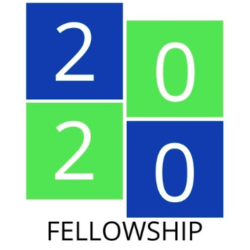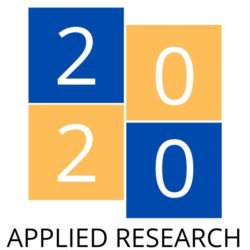UHPSI Black Lives Matter Solidarity Statement and Reading List
The Ucross High Plains Stewardship Initiative stands in solidarity with the Black Lives Matter movement and all Black people and communities in the pursuit of justice and a world without police violence and all other forms of anti-Black racism. This movement is not a singular movement—it is part of a centuries-long history of Black resistance Read more about UHPSI Black Lives Matter Solidarity Statement and Reading List[…]



